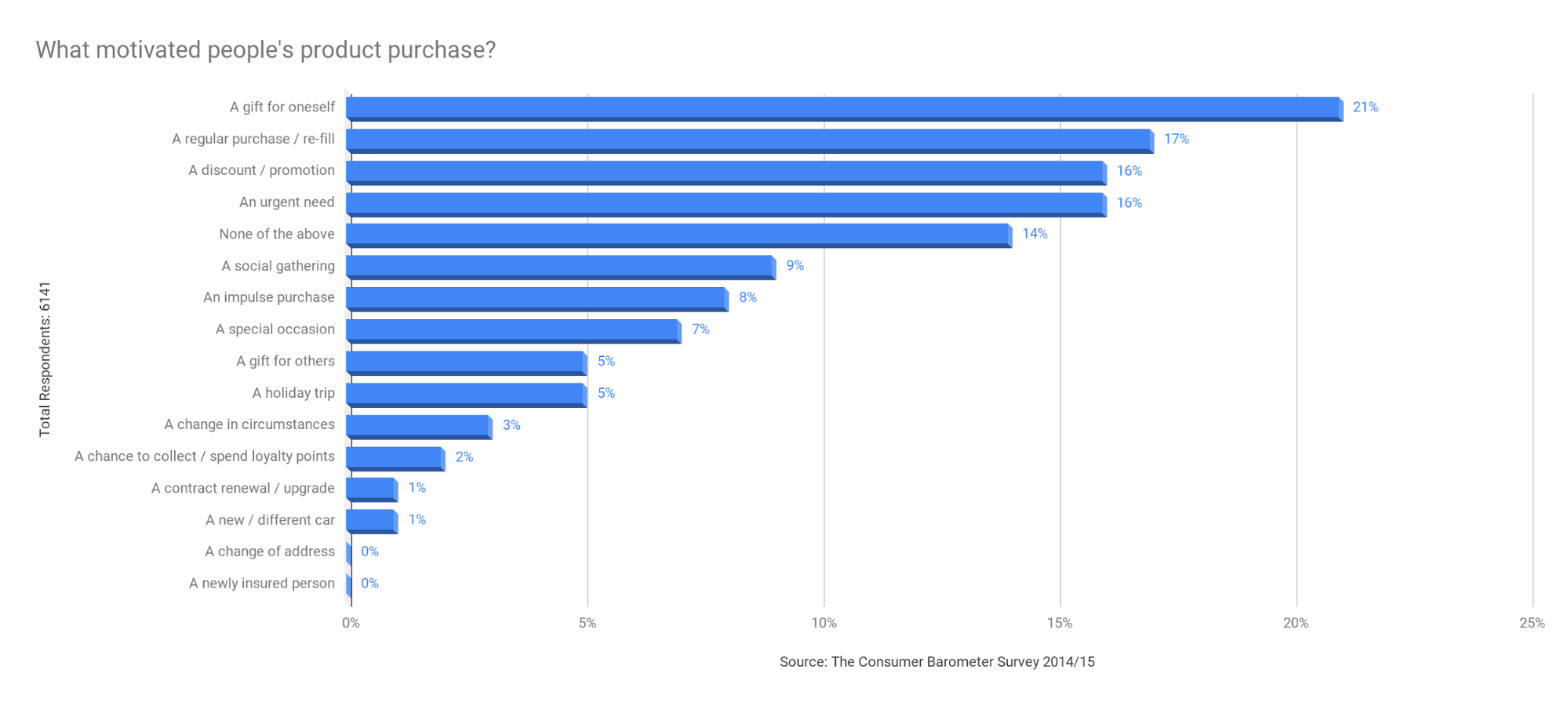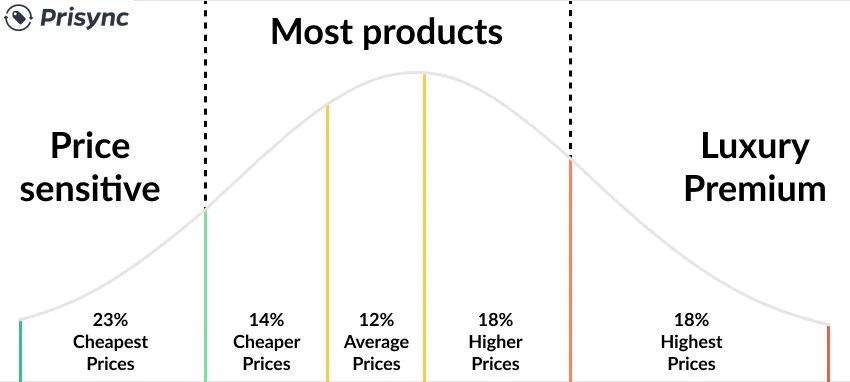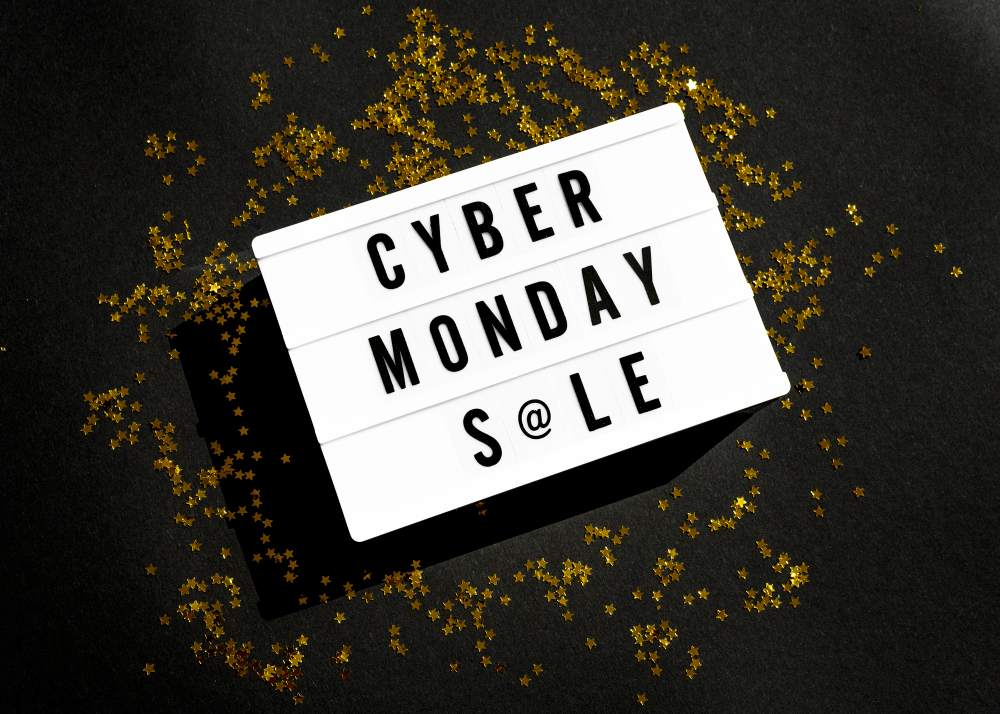Essential eCommerce Pricing Strategies For 2025

If you’re an eCommerce business owner struggling to determine the best pricing for your products, you’re not alone.
Pricing is both a science and an art, which make it difficult to get right. And if you change pricing strategies too often, you may land a bad reputation among your customers.
That’s why it’s vital to understand the various pricing strategies you can use within your business before you go about setting your prices.
There are common factors that you need to take into consideration before you decide on your pricing strategies. These include production, purchasing, distribution, and marketing costs.
In this article, we’ll outline some of the most effective pricing strategies for you to consider so you can make the profits you deserve.
What Is an eCommerce Pricing Strategy?
Before we break down the different strategies available for you to choose from, let’s unpack what a pricing strategy is.
A pricing strategy is a methodological approach a company uses to price its products or services.
eCommerce businesses use different strategies to determine the prices of their products or services in order to find the optimal balance between boosting revenue and satisfying customers
Why Are Pricing Strategies Important for an eCommerce Business?
If you don’t have a pricing strategy in place, the chance exists that you may be missing out on some serious profit.
If you’ve not considered market conditions, competitor pricing, and production costs, for example, you might make a loss without realizing it.
Where to Start with Pricing Strategies
Pricing strategies are all about data. If you want to elevate your profit margins, you’re going to need to analyze data to determine your selling price.
Let’s take a look at the data below that reveals what motivated shoppers to make a purchase:

What insight do we get from this data?
Around 21% of the motivation to purchase is related to something that makes customers happy. It could be buying anything from new shoes to a sought-after mobile device.

Source: Freepik
The consumers' lifestyle and demographic data can say a lot about their motivation to purchase products and services.
Additionally, 17% of the motivation to purchase is something bought out of personal necessity or to survive in general. This also depends on the consumer’s lifestyle.
Everyone needs food, for example. The difference lies in whether they choose to buy the cheapest, average-priced, or most expensive products.
As you can see, your pricing strategy relies heavily on data.
Now, let’s explore some common pricing strategies.
➡️ Cost-Based Pricing
This is a pricing methodology where you would calculate your total business cost and add a certain profit margin to determine a selling price.

This is the most basic way to set a price unless you want to pursue a loss-based pricing strategy.
With this strategy, you can build a solid foundation for growth or persist in a harsh market.
✅ How to implement this strategy
Any type of cost-based pricing strategy begins by calculating the costs attached to the product you’re selling.
In order to calculate these costs, you would need to consider these expenses:
- Salaries and payments.
- Sourcing products.
- Production costs.
- Platform fees.
- Shipping.
- Returns and refunds.
- Bank and processing fees.
- Software costs.
Next, you’ll need to think about your profit margins.
How do you know how much you should profit from each item? The ideal scenario is that you’d want to make as much as possible, but you still want to keep your pricing attractive to potential customers.
👍 Advantages
- It’s a simple strategy to follow.
- Cost-based pricing doesn’t need in-depth customer or market research.
- It ensures a minimum return on each product sold.
- Tracking of costs is simplified.
👎 Disadvantages
- The possibility that you might make less of a profit.
- This strategy may affect your brand awareness and visibility in the market.
With over 5.4 million eCommerce companies that already exist, cost-based pricing may not be an efficient way to determine how to price your products. It might be a better idea to examine what is already on offer and compare prices.
➡️ Market-Oriented Pricing
This strategy is based on market conditions and your competition.
You would compare the prices of products similar to yours on the market. This is why market-oriented pricing is often referred to as a competition-based pricing strategy.
✅ How to implement this strategy
First, you’d need to know who your competitors are, both directly and indirectly.
Then, you need to know how your product prices compare with those of your competitors.
To figure this out, you can first do a basic search of each product you offer and record your competitors’ prices in a spreadsheet.
Ideally, you would then need to invest in pricing software that will provide you with consistent data about your competitors’ prices each day.
With this software, you will know exactly where your prices are compared to others. You’ll see each product, brand, or category’s pricing position, which can give you a competitive advantage.
Also, if the software you use can track the stock availability of your competitors, you have gained even more leverage.

👍 Advantages
- This strategy helps avoid price competition that can damage your company.
- Combined with cost-based pricing, it can be a powerful strategy.
- It enables you to do your own competitor research and stay a step ahead of everyone else.
👎 Disadvantages
- It might be difficult for smaller companies with lower budgets to adopt this strategy, especially if you can’t afford the software mentioned above.
- You rely on the assumption that competitors have priced their products correctly.
➡️ Consumer-Oriented Pricing
Also known as a value-based pricing strategy, this is when you set prices according to the perceived or estimated value of the product or service you’re providing to the customer.
✅ How to implement this strategy
To benefit from this strategy, you’d need to understand your customers better than anything.
Your customer segments probably won’t behave in the same way. Some will do comprehensive research before selecting their eCommerce store, while others might look for coupons or discount sales only.

Source: Freepik
So, for this approach to work well, you’ll need extensive knowledge of your customers. You need to understand exactly who they are and what they value about your product.
We’ve already analyzed some of the reasons that underlie purchasing motivation at the beginning of this article, but there is an additional portion of customers who don’t prioritize a fair price.
👍 Advantages
- Consumer-oriented pricing enhances your customer loyalty.
- There is a good chance that you’ll earn higher profits.
👎 Disadvantages
- This strategy takes a lot of time and resources to determine an optimal price.
- To fully understand customer habits and behavior in a fast-paced environment is hard.
- It might result in neglecting to pay attention to your competitors who might start offering similar products for a much lower price.
➡️ Dynamic Pricing
Dynamic pricing strategies come in effect when online business owners adjust their prices in real-time. They make their decisions based on competition, demand, and customer behavior.
The main aim of dynamic pricing is to optimize revenue and make the maximum profit by setting prices that reflect market conditions and how willing your customers are to pay for your products.
✅ How to implement this strategy
Similar to many of the pricing strategies we’ve discussed, dynamic pricing relies on data collection and analysis.
You would need to consider factors like historical sales volumes and competitor pricing.
The second aspect of getting this pricing strategy right is continuous monitoring. To adjust your pricing in real-time, you need to consistently monitor the market.
👍 Advantages
- This strategy can help you achieve maximum value from each sale you make, as your prices will be aligned with what customers are prepared to pay.
- You’ll have a competitive advantage when you adjust your pricing in real-time, which could help you do better than your competitors.
- You can reduce overstock because you’re adjusting your prices based on demand.
👎 Disadvantages
- Frequent pricing changes can impact customer trust, especially if they feel they’re not getting fair and consistent pricing.
- Dynamic pricing can be very complex and it requires a lot of time to monitor the market continuously.
➡️ Bundle Pricing
A bundle pricing strategy is where multiple products are bundled together as one offering with a discounted price versus the sum of the items should they have been purchased individually.
Product bundle pricing is designed to encourage your customers to make larger purchases by offering them perceived value and savings.
✅ How to implement this strategy
To implement this pricing strategy, you must first select the products you want to bundle together and then determine your discounted price.
You may want to offer your customers some flexibility in terms of your pricing. You could do this by giving them various options to customize their bundles.
👍 Advantages
- This pricing strategy typically increases sales and encourages customers to buy more products than they initially planned to due to perceived value.
- A bundle pricing approach can help you clear out any slow-moving inventory.
- It’s likely that your customers will enjoy the perks and convenience of purchasing bundled products, which would potentially turn them into repeat customers.
👎 Disadvantages
- When bundling product prices, managing inventory can become more complex.
- Offering too much flexibility can complicate the purchase process.
➡️ Cost Plus Pricing
This strategy involves marking up the price of producing a product. It ensures that all your costs are covered and that you generate a profit.
✅ How to implement this strategy
The process of implementing a cost-plus pricing strategy is quite simple. You calculate all the costs associated with producing or sourcing your product.
Then, you decide on your desired profit margin and add this to your costs. This gives you the price of your product.
👍 Advantages
- This pricing strategy is simple to implement and maintain.
- It reduces the risk of selling your items at a loss.
- Cost plus pricing puts you in the driver’s seat when it comes to profit control.
👎 Disadvantages
- This strategy doesn’t necessarily take into account what customers may be willing to pay, which could mean you’ll lose out.
- There isn’t much flexibility when it comes to this pricing strategy.
- An approach like this isn’t suitable for eCommerce businesses that have very high production costs.
➡️ Other eCommerce Pricing Strategies to Consider
Aside from the strategies outlined above, there are a few other approaches you may want to consider implementing in your business:
- Loss leader pricing: This strategy is when items are intentionally sold at a lower price to attract more customers and drive sales. A loss leader pricing strategy will ideally incentivize customers to buy your other products with higher profit margins.
- Price skimming: A price skimming strategy involves introducing products to a market at an intentionally higher price and then gradually lowering the price to enhance perceived value. It allows business owners to capitalize on early adopters.
- Penetration pricing: The opposite of price skimming, penetration pricing is when products are offered at a low price initially to boost market share. Prices are then increased to improve your profit margin once you’ve generated demand.
What’s in It for Dropshippers?
Everyone knows that one of the biggest benefits of drop shipping is that you never have to store inventory or spend time managing it.
Instead, you can focus more on marketing, selling, and increasing your profit margins.
Your financial risk is also minimized as you don’t have to buy a product until you make a sale.
However, there is no single pricing strategy that will fit all dropshipping businesses. It’s ultimately up to you to decide which one is best for your enterprise.
However, here is what you should consider before you implement any pricing strategy in your dropshipping operation:
👉 The product
The type of product often determines the pricing strategy that can be implemented, as not every product can be priced in the same way.
👉 Discounts
Discounts, deals, and special offers can get you more traffic quickly.
👉 Shipping
Shipping costs always reduce the profit margin, so it’s always better to focus on products with no shipping costs. This approach will resonate with your customers, too.

Source: Freepik
👉 Returns
It can become very distressing for a drop shipper to get products returned to them by unhappy customers. The aim here is to focus on the satisfaction of the customer, so keep that in mind when you have to weather this kind of storm.
👉 Market change
Change is the only constant. You might not benefit from sticking to the same strategy forever. Try new strategies and explore new areas, especially in terms of your product line.
👉 Customer service
Pay close attention to the needs of your customers and aim to provide the best customer service at every turn.
👉 Cheap products
Simply listing cheap products might not work for your dropshipping business.
You need to work on building a good reputation. Continuing to list your products at the lowest price may leave your customers feeling that you offer low-quality products.
👉 Supplier relations
Before you get started with any pricing strategy, we recommend that you talk to your supplier first. Share your pricing strategy ideas with them.
By contacting your supplier directly, you’ll get to know whether they have any pricing recommendations for you that match the specific product that you are selling.
Choose Spark Shipping for eCommerce Pricing Success
Choosing a pricing strategy can be challenging. There’s so much to consider and there’s no one-size-fits-all solution for your business.
However, now that we’ve explored some of the most common strategies, our hope is that you can go about setting your selling price to achieve the optimal balance between profitability and customer satisfaction with more confidence.
The smartest thing you can do for your eCommerce business is to automate every aspect of your operations. From uploading products, updating inventory, and receiving tracking updates, you can do it all with Spark Shipping.
Regardless of the pricing strategy you choose, you’ll make the best profits when your business runs like a well-oiled machine, thanks to automation.
Not convinced? Visit our website for a free Spark Shipping demo to see firsthand how automation can skyrocket your eCommerce business.
Popular Posts
Posts by Topic
- Dropshipping (10)
- Dropshipping Automation (6)
- Dropship Suppliers (4)
- EDI (3)
- Pricing Strategy (3)
- Amazon Seller Central (2)
- Automotive Dropshipping (2)
- Conversion Rate Optimization (2)
- Dropshipping Products (2)
- Order Management (2)
- Shipping (2)
- Vendor Product Catalog (2)
- AI Dropshipping (1)
- Dean Soto (1)
- Feature Announcement (1)
- Online Empire Academy (1)
- Product Optimization (1)
- Walmart Marketplace (1)
- referral marketing (1)